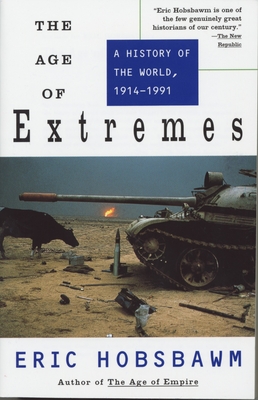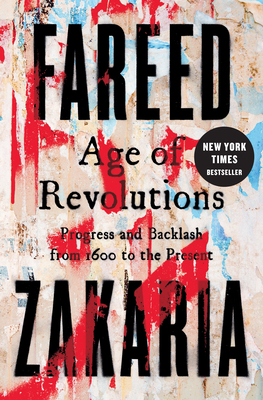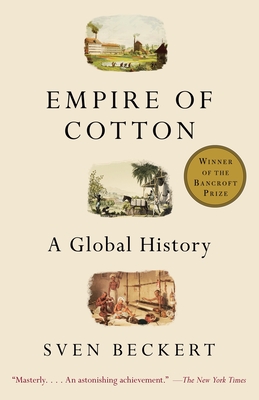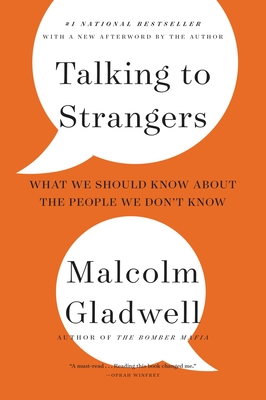
The Age of Extremes: A History of the World, 1914-1991 (History of the Modern World)
Description
Dividing the century into the Age of Catastrophe, 1914–1950, the Golden Age, 1950–1973, and the Landslide, 1973–1991, Hobsbawm marshals a vast array of data into a volume of unparalleled inclusiveness, vibrancy, and insight, a work that ranks with his classics The Age of Empire and The Age of Revolution.
In the short century between 1914 and 1991, the world has been convulsed by two global wars that swept away millions of lives and entire systems of government. Communism became a messianic faith and then collapsed ignominiously. Peasants became city dwellers, housewives became workers—and, increasingly leaders. Populations became literate even as new technologies threatened to make print obsolete. And the driving forces of history swung from Europe to its former colonies.
Includes 32 pages of photos.
Praise for The Age of Extremes: A History of the World, 1914-1991 (History of the Modern World)
"Penetrating. . . . Offers a powerful interpretation of the wellsprings of an age of unprecedently economic transformation, mass slaughter and social upheaval. . . . Facts roll off Hobsbawm's pages like thunderbolts." —The New Republic
"A magical re-creation of the most creative and destructive, the most utopian and most doubt-ridden period of human history. . . . I know of no other account that sheds as much light on what is now behind us, and thereby casts so much illumination on our possible futures." —Robert Heilbroner
"Powerful. . . . A bracing and magisterial work." —The New York Times Book Review





